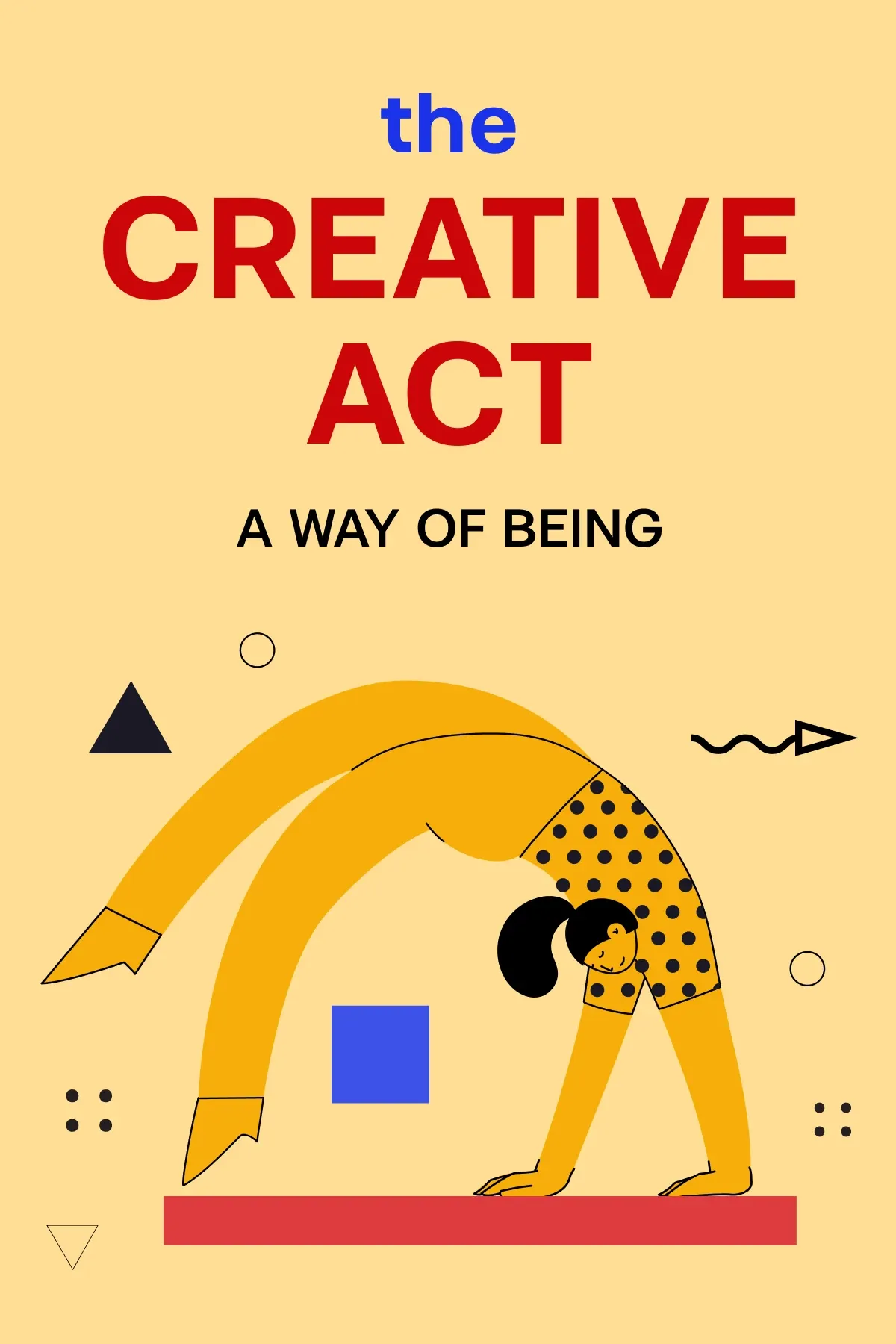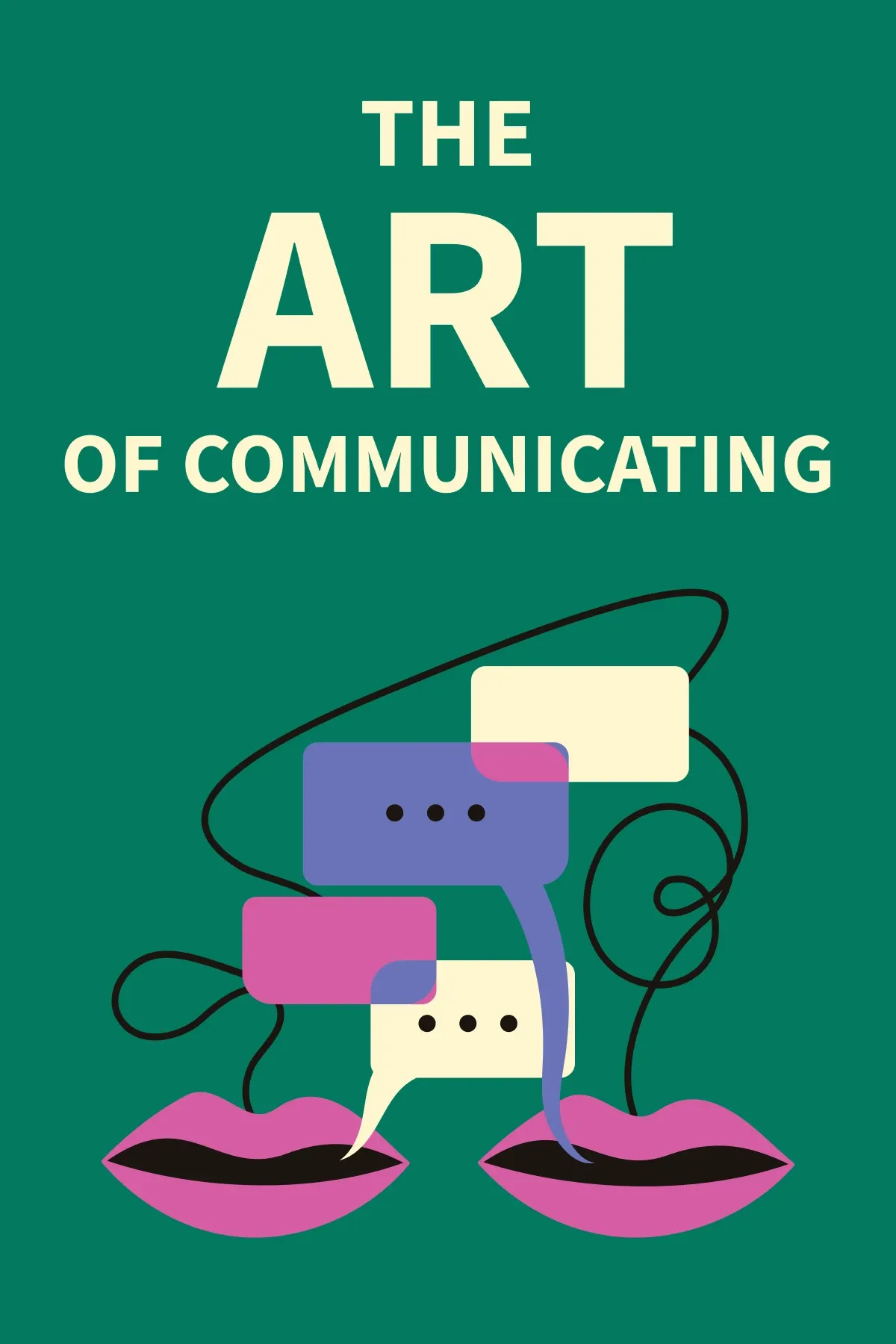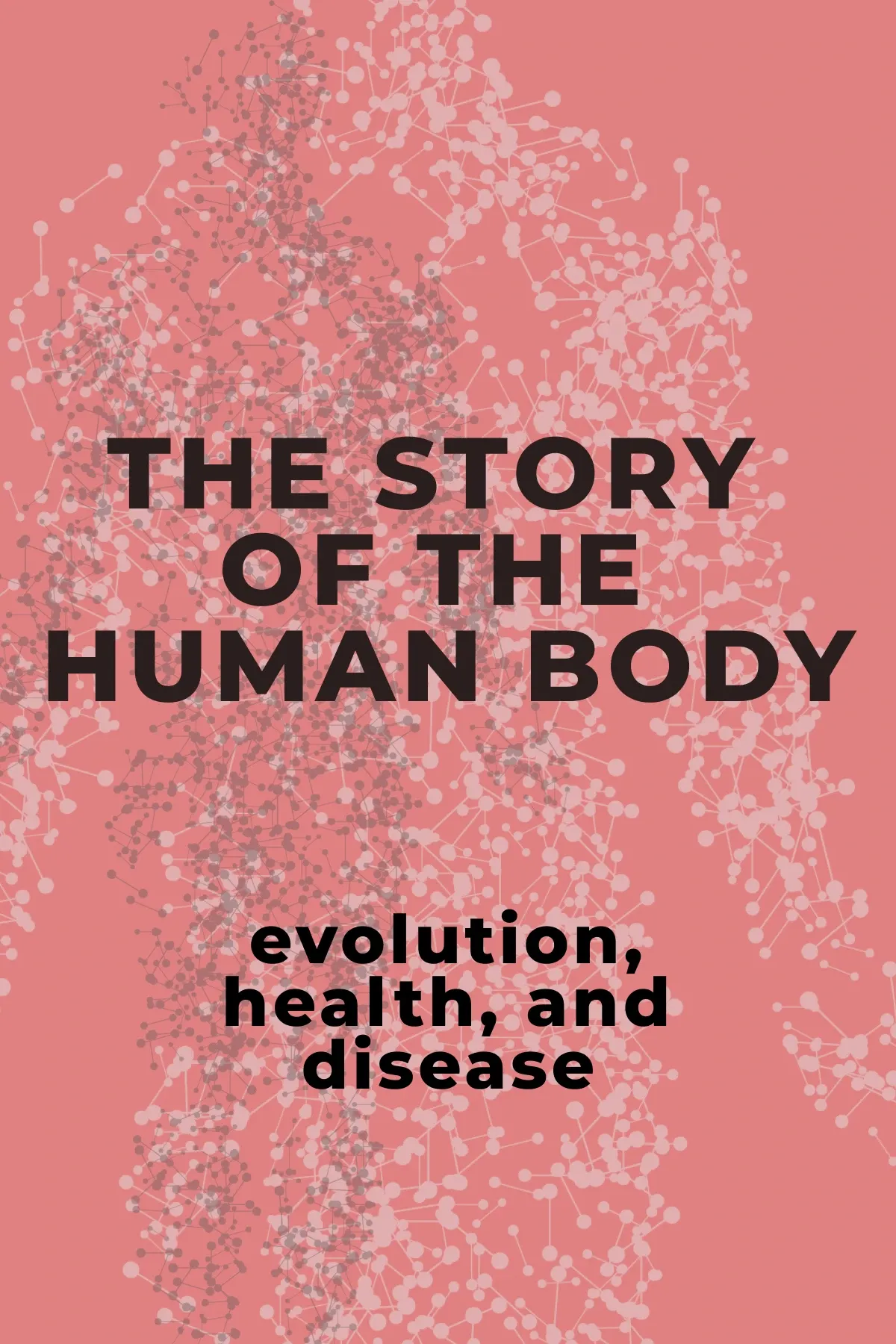
The Brain That Changes Itself
Brief Summary
“The Brain That Changes Itself” is an accessible primer to our brain that explores how it works and modifies. This book helps to understand how we can stimulate changes in our brain and what makes this part of our body so unique.
Topics
Key points
Key idea 1 of 10
For many years, it was widely believed that the brain remained static, gradually deteriorating with age. However, the science of neuroplasticity has dispelled this myth, revealing that our brains are capable of remarkable transformation, reshaping themselves based on cognition and engagement. Neuroplasticity, a term derived from "neuro" (relating to neurons) and "plastic" (indicating change), refers to the brain's ability to modify its neural structure and functionality.
One compelling example of neuroplasticity is the process called unmasking. This phenomenon involves the brain utilizing secondary pathways when primary ones are unavailable, strengthening these alternative routes through repeated use. A striking real-life example of this is the story of Cheryl Schiltz, who lost her ability to maintain balance due to a failure in her brain's vestibular system.
Neuroplasticity pioneer Paul Bach-y-Rita created a specialized accelerometer device for Schiltz that sent signals to electrodes on her tongue. Through extensive practice, she managed to reroute the sensory input from her tongue to the part of her brain responsible for balance, enabling her to regain her equilibrium.
The transformative power of the brain isn't limited to high-tech device applications. In fact, a stimulating environment alone can significantly alter the brain's structure. Mark Rosenzweig, an early neuroplasticity researcher, demonstrated this in experiments with rats, where those in a stimulating environment displayed better health regarding weight and blood supply.
Similarly, despite struggling with understanding concepts such as time and cause and effect, Barbara Arrowsmith-Young chose to harness the power of neuroplasticity. She undertook a regimen of stimulating exercises, including rapidly identifying times on shuffled clock-face cards. Her diligent practice improved her ability to read time more efficiently than most people.
In essence, our brains are far from static, possessing the astonishing ability to reshape and adapt. We only need to provide the right stimuli and maintain persistent engagement. This understanding has profound implications for rehabilitation, learning, and the potential to overcome cognitive challenges.
FAQ
You may also like these summaries











